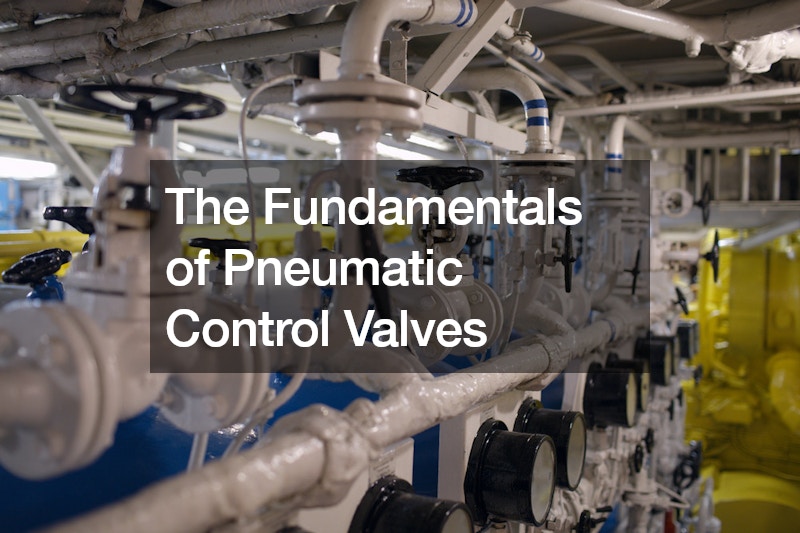
Pneumatic control valves are essential components in pneumatic systems, which use compressed air to control various mechanical processes. These valves regulate the flow of air or other gases to actuate pneumatic actuators, allowing for precise control over the movement of machinery and equipment.
At their core, pneumatic control valves consist of a valve body, actuator, and control mechanism. The valve body contains ports and passages that control the flow of air, while the actuator converts energy from compressed air into mechanical motion to open or close the valve.
The control mechanism, often in the form of a solenoid valve or pilot valve, regulates the operation of the actuator based on input signals from sensors or control devices.
Pneumatic control valves are commonly used in various industrial applications, including manufacturing, process control, and automation. They offer several advantages, such as fast response times, simple design, and reliable operation. Additionally, pneumatic systems are inherently safe, as they do not pose the risk of electric shock or sparks in hazardous environments.
In summary, pneumatic control valves play a critical role in pneumatic systems by regulating the flow of compressed air to actuate machinery and equipment. Their simple design, fast response times, and safety make them a popular choice for a wide range of industrial applications where precise control and reliability are essential.




